Hameln Fountain Grass – Pennisetum Alopecuroides ‘Hameln’
Overview: Hameln Fountain Grass, scientifically known as Pennisetum alopecuroides ‘Hameln’, is a compact ornamental grass prized for its graceful, arching foliage and soft, bottlebrush-like flower spikes. This versatile plant adds texture and movement to garden landscapes, making it a popular choice for borders, mass plantings, and containers.
Typical Uses:
Hameln Fountain Grass serves various purposes in garden and landscape design:
- As a border plant along pathways or garden beds, providing a soft, flowing edge
- In mass plantings to create a sea of waving foliage and flowers
- As an accent plant in mixed perennial borders for texture contrast
- In containers on patios, decks, or balconies, adding a touch of elegance and movement
Establishment and Care Instructions:
Planting: Select a site with well-drained soil and full to partial sunlight. Dig a hole twice as wide and slightly deeper than the root ball. Place the plant in the hole, ensuring the top of the root ball is level with the soil surface. Backfill with soil and water thoroughly.
Watering: Keep the soil consistently moist during the first growing season to help the grass establish. Once established, Hameln Fountain Grass is moderately drought-tolerant and only requires supplemental watering during prolonged dry periods.
Pruning: Cut back the foliage to the ground in late winter or early spring before new growth emerges. This rejuvenation pruning helps maintain the plant’s vigor and encourages fresh, lush growth.
Fertilizing: Apply a balanced fertilizer in spring to promote healthy growth and flowering. Avoid excessive fertilization, which can lead to overly lush foliage at the expense of flowers.
Special Features and Usage:
Hameln Fountain Grass offers several distinctive features:
- Foliage: Narrow, arching leaves form dense clumps, turning golden-bronze in the fall for seasonal interest.
- Flowers: Soft, fluffy, bottlebrush-like flower spikes emerge in late summer, starting as a creamy white and maturing to a soft tan, adding texture and visual appeal.
- Compact Size: Reaches a manageable height of 2 to 3 feet, making it suitable for smaller gardens and spaces.
- Low Maintenance: Requires minimal care once established, including little to no pruning and is resistant to pests and diseases.
- Adaptability: Thrives in a variety of soil types, including clay and sandy soils, and is tolerant of both heat and cold, making it a versatile addition to many garden settings.

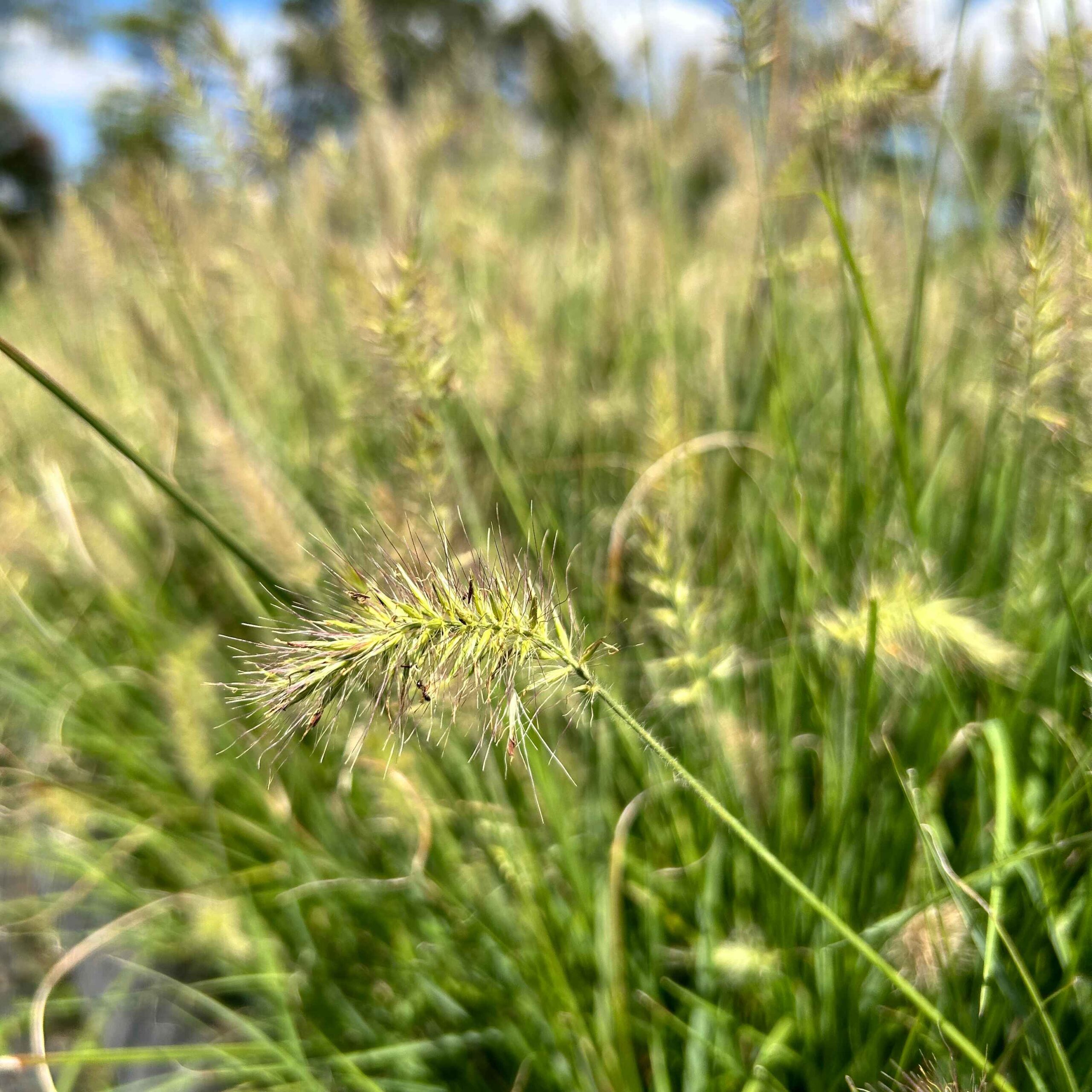
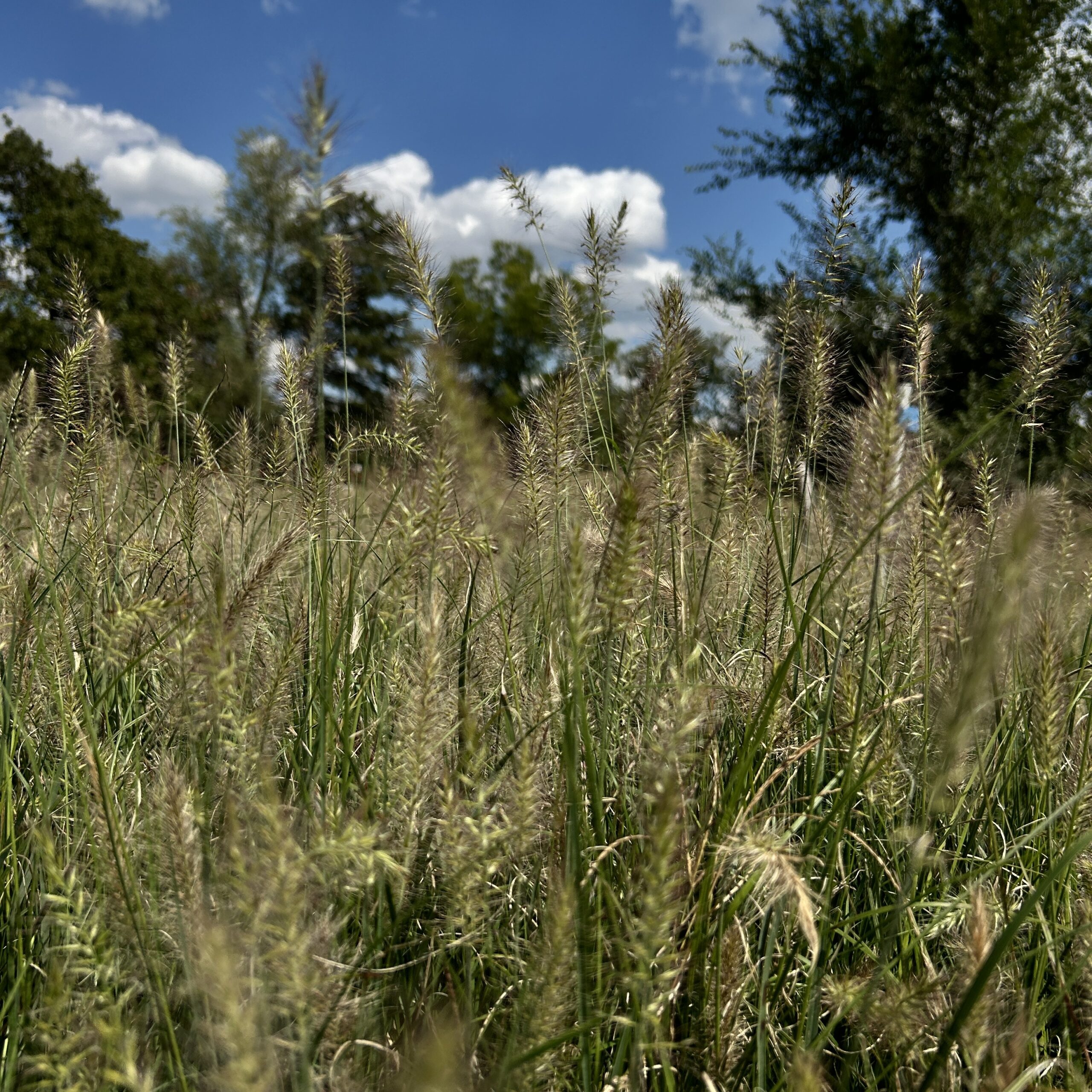
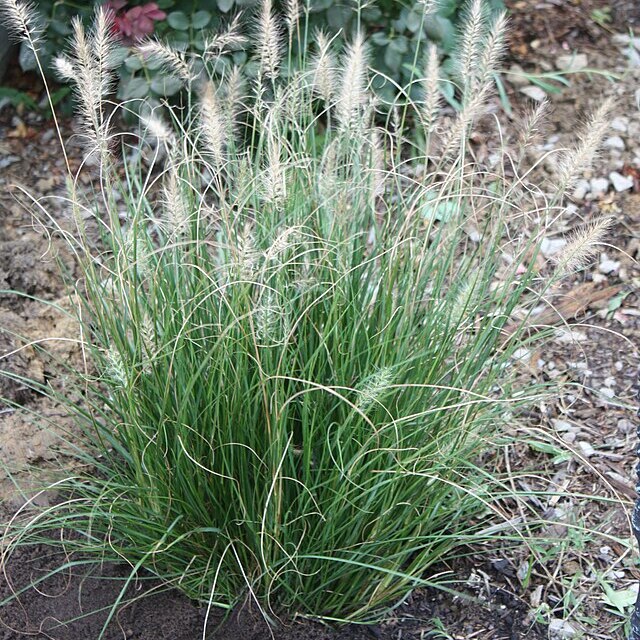
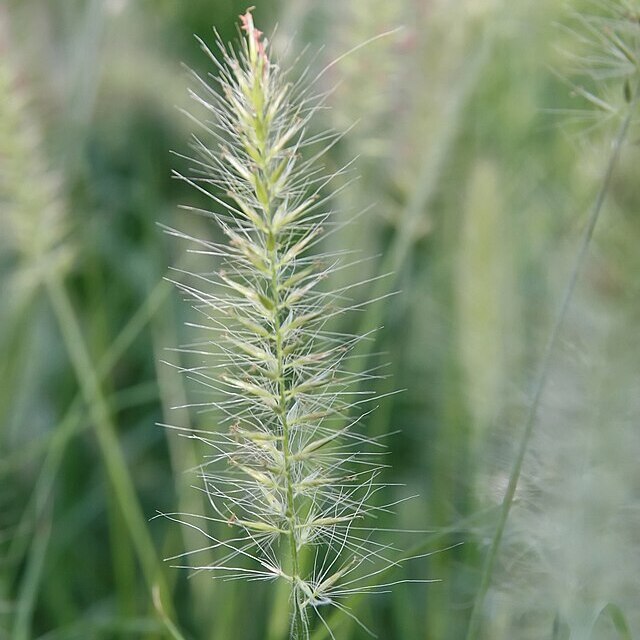

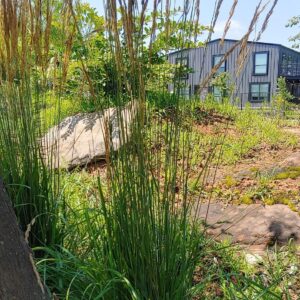
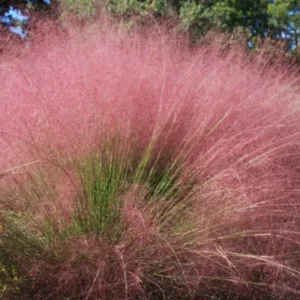
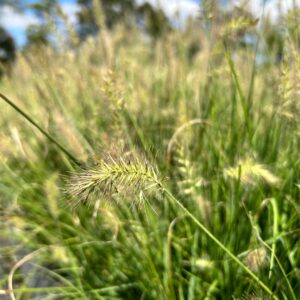
Reviews
There are no reviews yet.